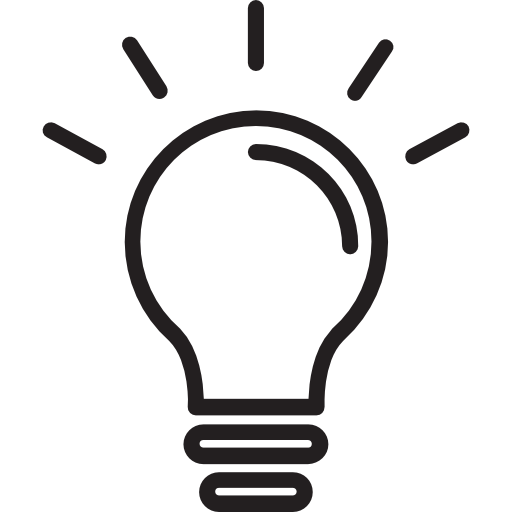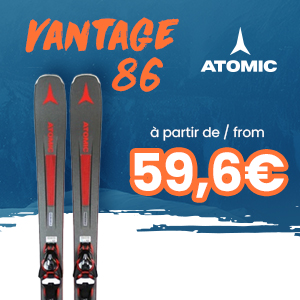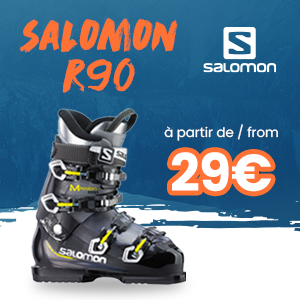
Choosing the right ski gloves: the essentials
Finding the perfect size ski gloves isn't just about comfort; it's essential for keeping your hands warm and dry, and for ensuring a good grip on your ski poles. Gloves that are too tight will restrict blood flow, making your hands more likely to get cold quickly, while gloves that are too loose will compromise the dexterity needed to handle your equipment accurately.
Between comfort, protection and performance
The correct size of your ski gloves plays a crucial role in three key areas:
- • Comfort: Properly sized gloves prevent compression or excess material, thus offering a better feeling of warmth and flexibility in movement.
- • Protection: A precise fit ensures effective protection against cold, moisture and wind, key elements for keeping hands dry and warm.
- • Performance: The correct glove size directly influences your ability to easily handle your ski poles, adjust your equipment and react quickly while skiing, thus improving your overall experience on the slopes.
The right size for your hands

Steps to determine your size
- • Slightly close your hand without squeezing, mimicking the natural grip on ski poles.
- • Measure the circumference of your metacarpals: use a measuring tape around the widest part of your hand, excluding the thumb.
- • Consult the size chart: compare your measurement with the standard sizes indicated in the chart.
- • Take into account the shape of your hands: if your hands are longer or stubby, consider choosing a size up.
- • Don't forget the liner gloves if you use them: for skiers who get cold easily and wear thermal liner gloves, make sure to include this extra layer in your choice to maintain good blood circulation.
Glove size conversion charts
For men
For women
For children
Advice : Measure the circumference of your hand at the joints, excluding the thumb.
Note: These tables are for guidance only and may vary depending on the brand. It is advisable to check with the manufacturer's specifications before purchasing.
Advice : Measure the circumference of your hand at the joints, excluding the thumb.
Note: These tables are for guidance only and may vary depending on the brand. It is advisable to check with the manufacturer's specifications before purchasing.
Tips for choosing your ski gloves
Gloves suited to your chosen activity
- • Downhill skiing: Insulating and waterproof gloves are essential to stay warm and dry.
- • Freestyle: Look for flexibility and dexterity to facilitate grabs and adjustments to your equipment.
- • Freeride: Opt for gloves with better protection and resistance, suitable for extreme off-piste conditions.
- • Ski touring: Breathability is crucial to avoid overheating during exertion.
The adjustment and features not to be forgotten
- • Good fit: Make sure the gloves fit well without compressing or hindering your movements.
- • Adjustable cuffs: They must be able to close in such a way as to prevent snow from entering.
- • Touchscreen compatibility: For those who wish to use devices without removing their gloves.
- • Retaining straps: These allow you to keep the gloves attached to your wrists even when you take them off.
Everything you need to know about ski glove sizes
Should I choose gloves that fit snugly or slightly larger ?
Your gloves should be snug enough to allow precise control, but not so tight as to restrict blood flow or finger movement.
Do ski glove sizes differ between brands ?
Yes, it can vary from brand to brand. Always consult the manufacturer's size guide to be sure of your choice.
How do I care for my ski gloves ?
Follow the manufacturer's washing instructions. Most gloves can be cleaned with a damp cloth, and some are machine washable at low temperatures.
Ready for adventure: Well-equipped for the slopes
By equipping your hands with gloves that combine these features, you will be ready for a full day of skiing, armed against the cold and inclement weather, and free to move around and explore the slopes as you please.

Key takeaways
- • Insulation: Make sure your gloves have sufficient insulation for the temperatures you will face.
- • Waterproof materials: Opt for gloves with membranes that prevent water from penetrating while allowing perspiration to evaporate.
- • Windproof: Wind-resistant fabric is vital to prevent heat loss during high-speed descents.
- • Breathability: Choose gloves that wick away moisture to keep your hands dry even during intense exertion.
- • Comfort and mobility: Your gloves must allow a full range of motion so that you can handle your equipment without hindrance.





